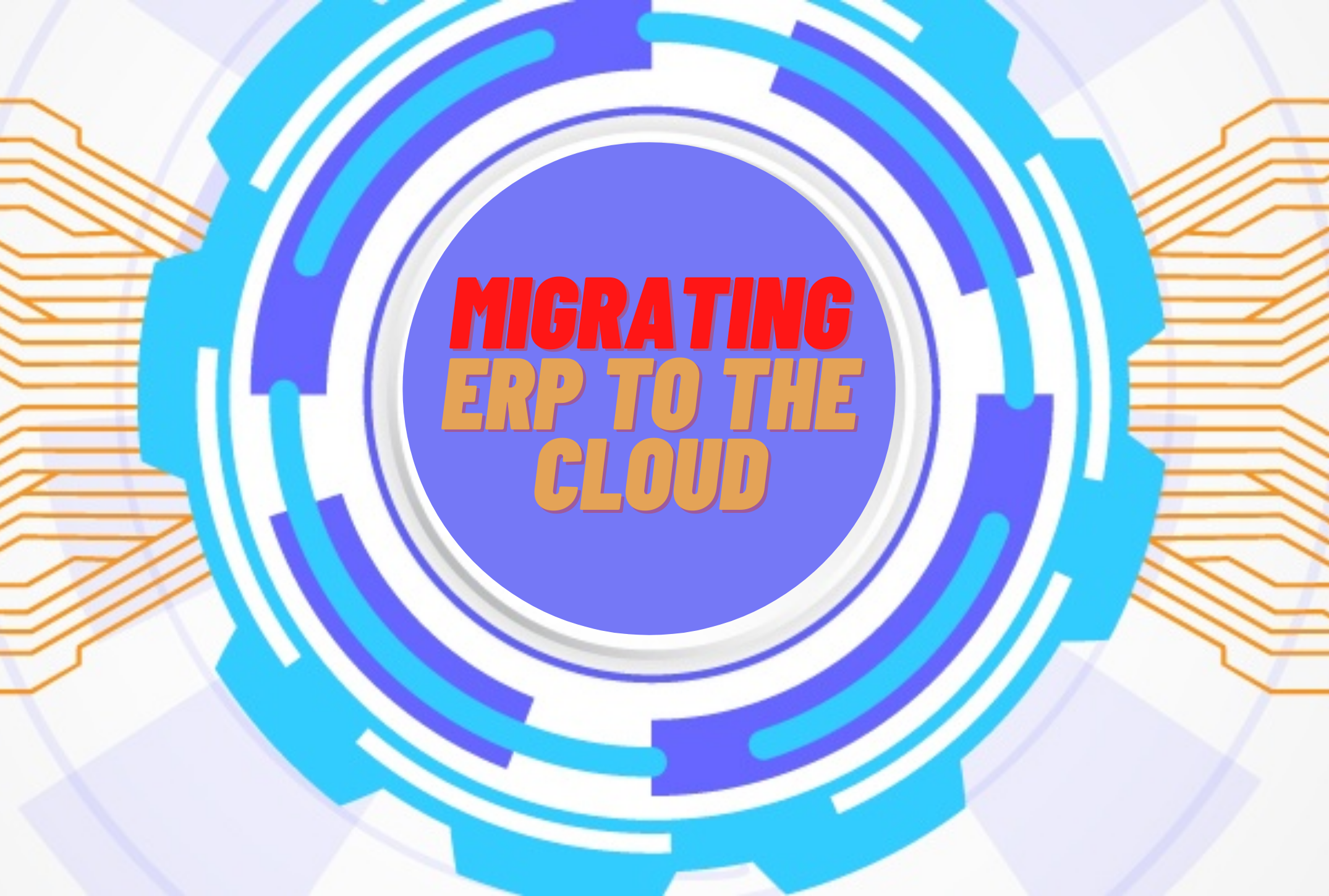
Many large companies are considering migrating their ERP applications — including SAP S/4HANA — to the public cloud. Drivers for many companies include cost, flexibility or adopting a cloud-first strategy.
Q: What questions do companies ask when they are considering moving ERP applications to a public cloud?
A: First, they ask “Can I move?” These are large, robust systems, and companies want to make sure their apps are technically capable of running in the cloud. The second question they ask is “Should I move?” They want to be confident that when they migrate their mission-critical applications, they can continue running their business. And the third question is, how expensive is a public cloud? We manages, migrates and runs some of the most complex SAP systems in the world, so I know firsthand that SAP can run effectively in the cloud. SLAs and maintenance can continue in the cloud, and cloud security is well-covered. Cost reduction can be one of the big benefits of public cloud but only if the design, migration and run phases are properly managed.
Q: How do companies decide when the right time is to make the move?
A: Some of our customers have a good business case for waiting to upgrade, but most are exploring their options. Moving to SAP S/4HANA or other ERP systems is a big change, so why not move to cloud at the same time? These are big systems that handle companies’ finance and production lines, so there is often a limited maintenance window to bring them down. If a transition is on your roadmap, you’ll save yourself a step. And in the current macroeconomic climate, a slowdown in system usage is a good time to make changes in preparation for heavier future traffic.
Q: What business disruption can a company expect when it migrates to the cloud?
A: Moving to the cloud is not very different from any other migration. It’s become a routine process, and when done correctly, companies can expect close to near-zero downtime.
Companies can mitigate risks even more if they first test out the migration with one business unit and a single proof of concept. They also should clean up all the data they don’t need before migrating.
Q: What benefits have clients achieved?
A: The benefits are elasticity, agility and being able to grow on command. In the case of SAP, companies can tap into its new analytics capabilities as well as those of the ecosystem they gain when moving to the hyperscalers’ clouds.
If you want to look at business outcomes, consider Croda International, a global chemical manufacturer. It wanted to take advantage of the on-demand capabilities of cloud while increasing the ability of its IT department to respond to business demands. The company developed a strategy for moving to the cloud in anticipation of a major upgrade to SAP S/4HANA. By deploying our Platform as a Service for SAP on Azure as part of a low-risk, phased approach, 106 workloads were migrated in just 12 weeks.
Q: How should companies start the whole process?
A: Companies need to have true conversations — within the business and with their systems integrator. The new environments are richer and easier to consume and combine. At the same time, companies need to think about cost control and avoid lock-in or technical debt. They need to think about what they are trying to achieve, both digitally and in their business. They can introduce new technology. They can think about connecting their SAP landscape to machine learning or the internet of things (IoT). They can introduce new features to customers and suppliers. In the cloud, they can leverage so many things they weren’t able to access before. Thinking about the end state will allow companies to move their businesses forward.
Many large companies are considering migrating their ERP applications — including SAP S/4HANA — to the public cloud. Drivers for many companies include cost, flexibility or adopting a cloud-first strategy.








